Ever heard “the right fit makes all the difference”? It’s especially true with distribution agreements. These contracts are key to getting your product into customers’ hands and setting you up for success.
We know legal stuff can be overwhelming, so we’ve made it easier with a collection of free, industry-specific distribution agreements for you to choose from.
Ready to streamline your distribution game? Take the first step by grabbing your free distribution agreement templates formatted in Microsoft Word. It’s simple – just a click away, and you’ll have access to a world of possibilities for your business. Let’s make your products reach the right hands, the right way.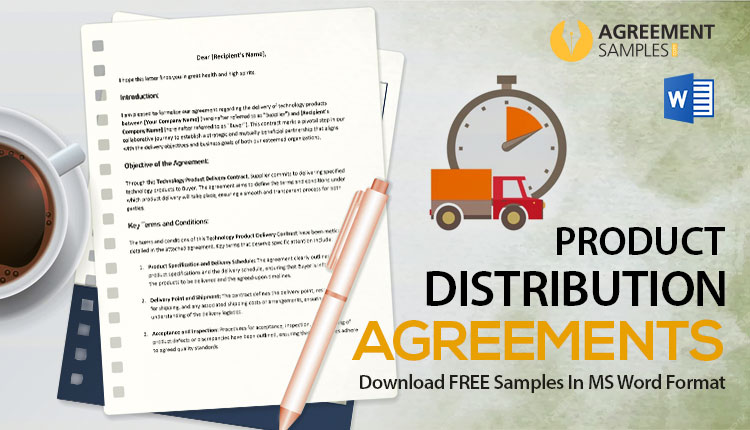

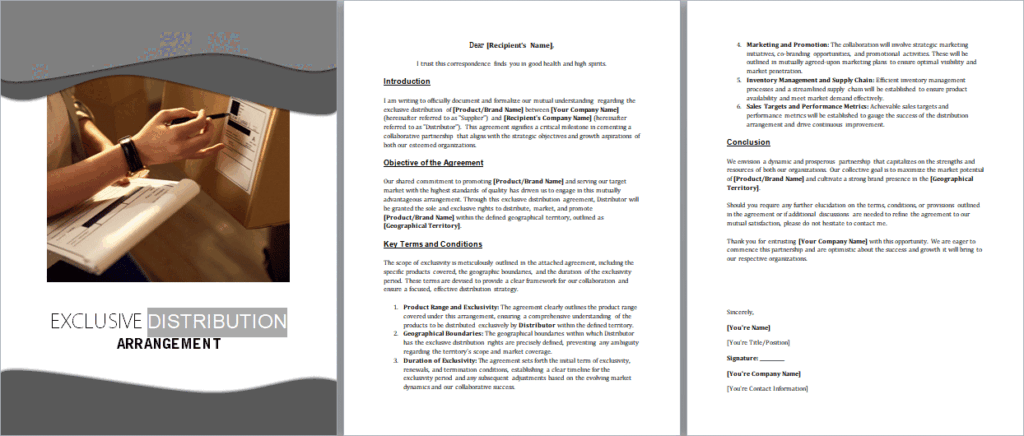

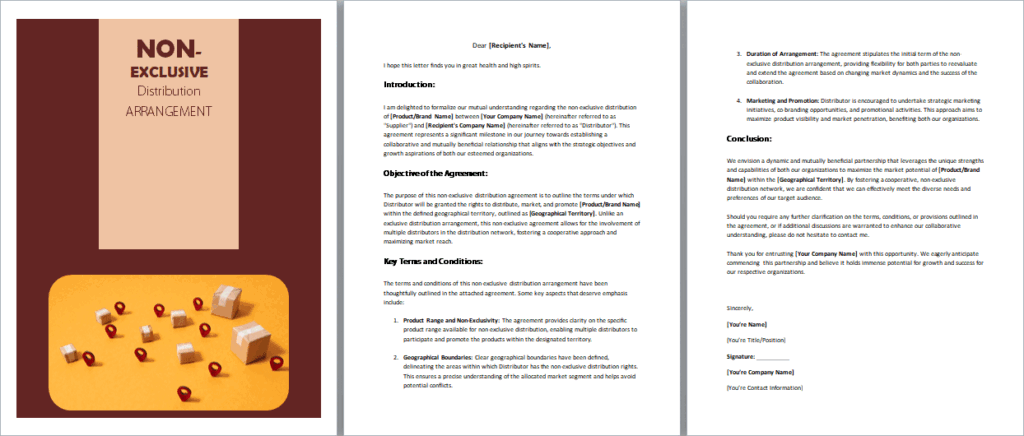





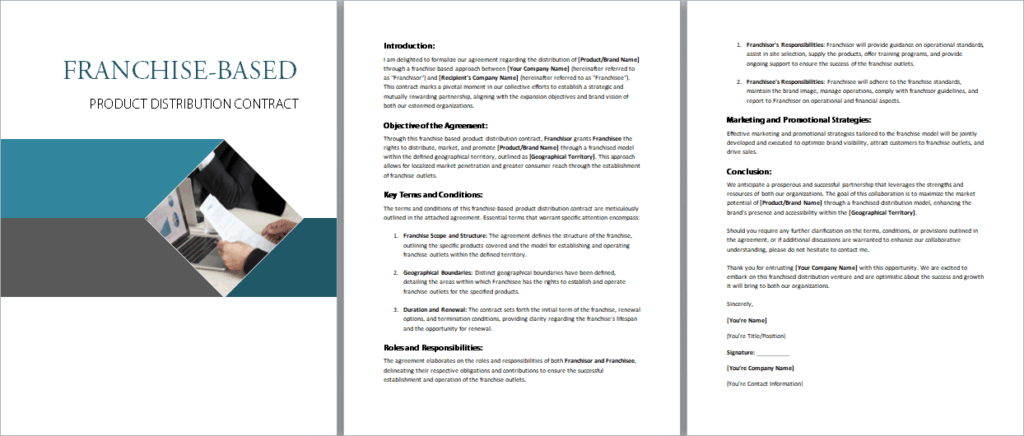





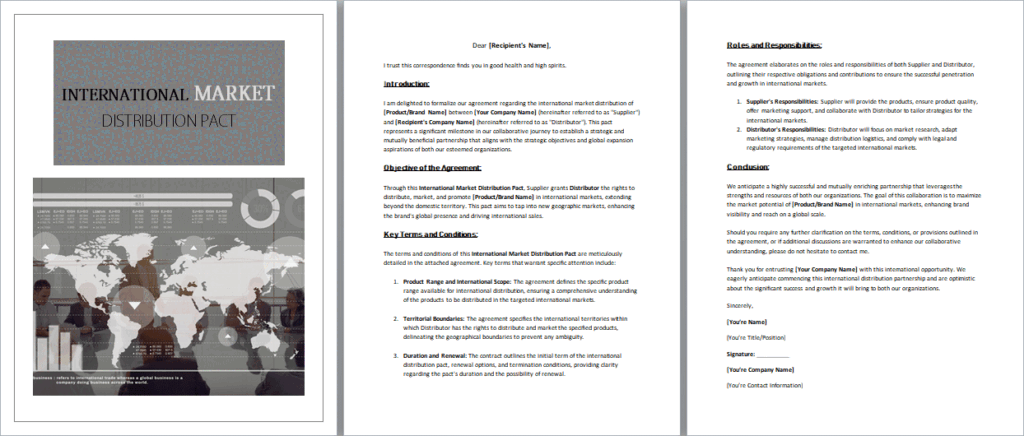
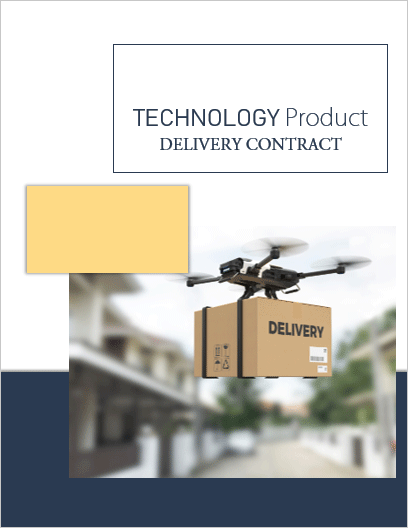
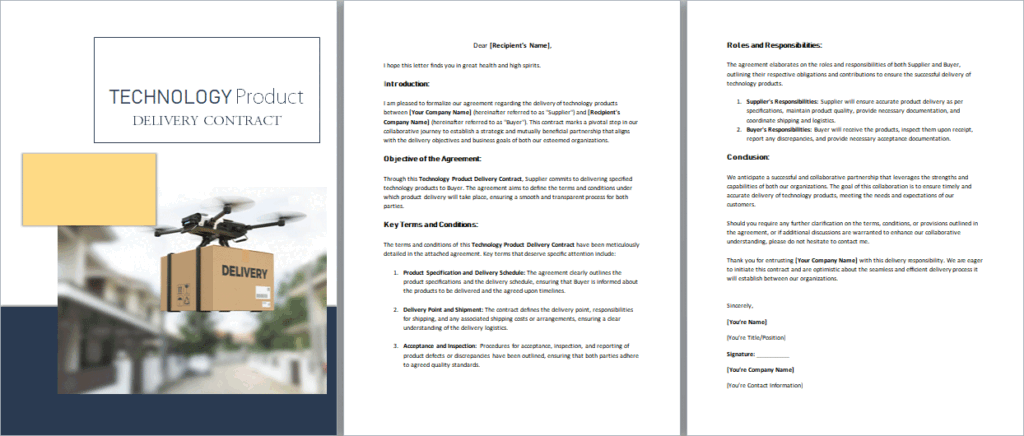
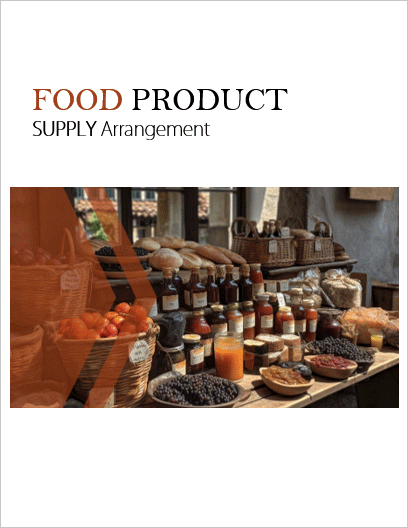
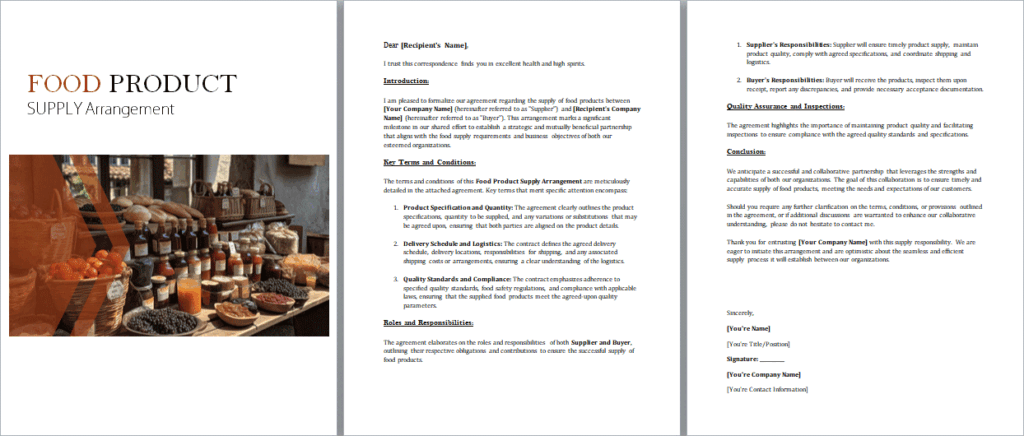

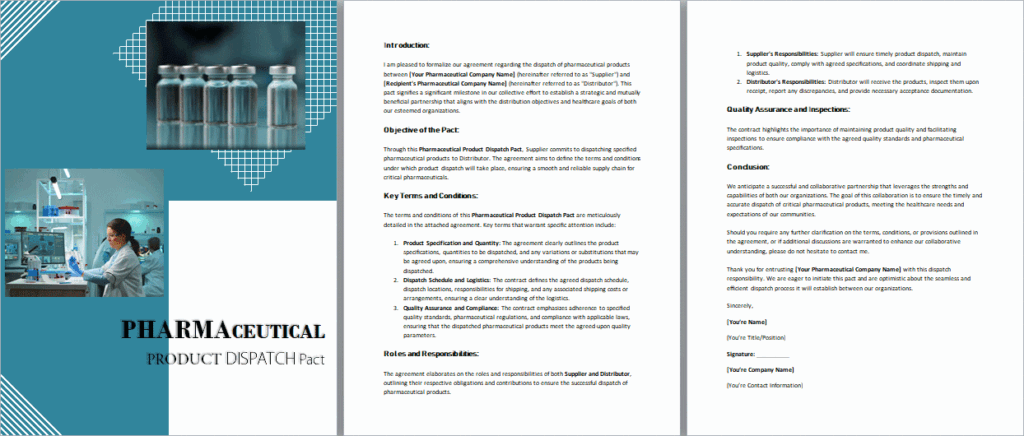

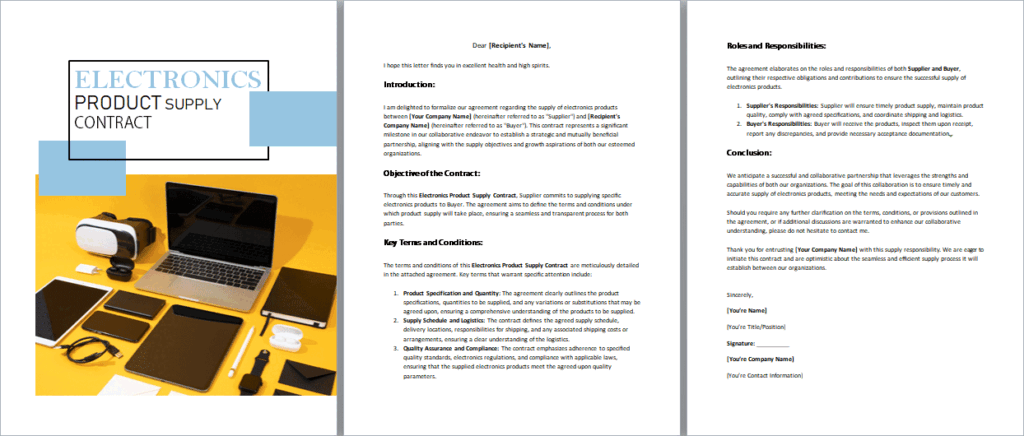




A distribution agreement is a legal contract between a manufacturer and a distributor, outlining roles, responsibilities, and terms for a successful partnership.
A solid agreement can:
← Previous Article
12+ Free Templates to Perfect Your Consulting AgreementsNext Article →
11+ Free Sponsorship Agreements for Sports – Get Yours!